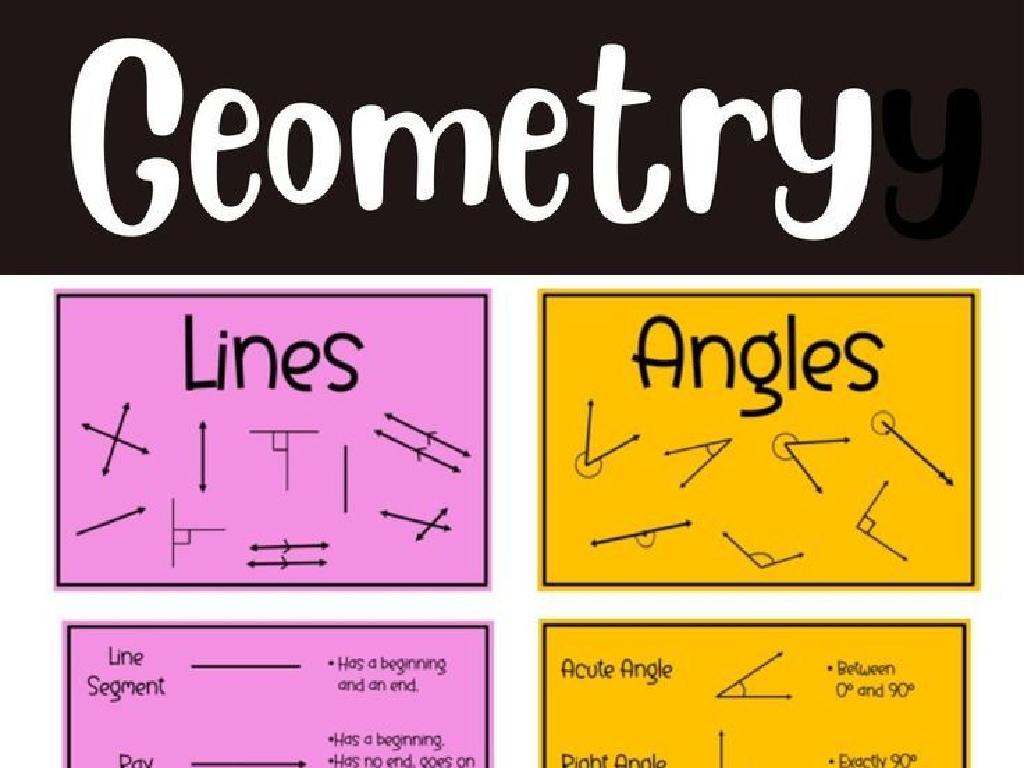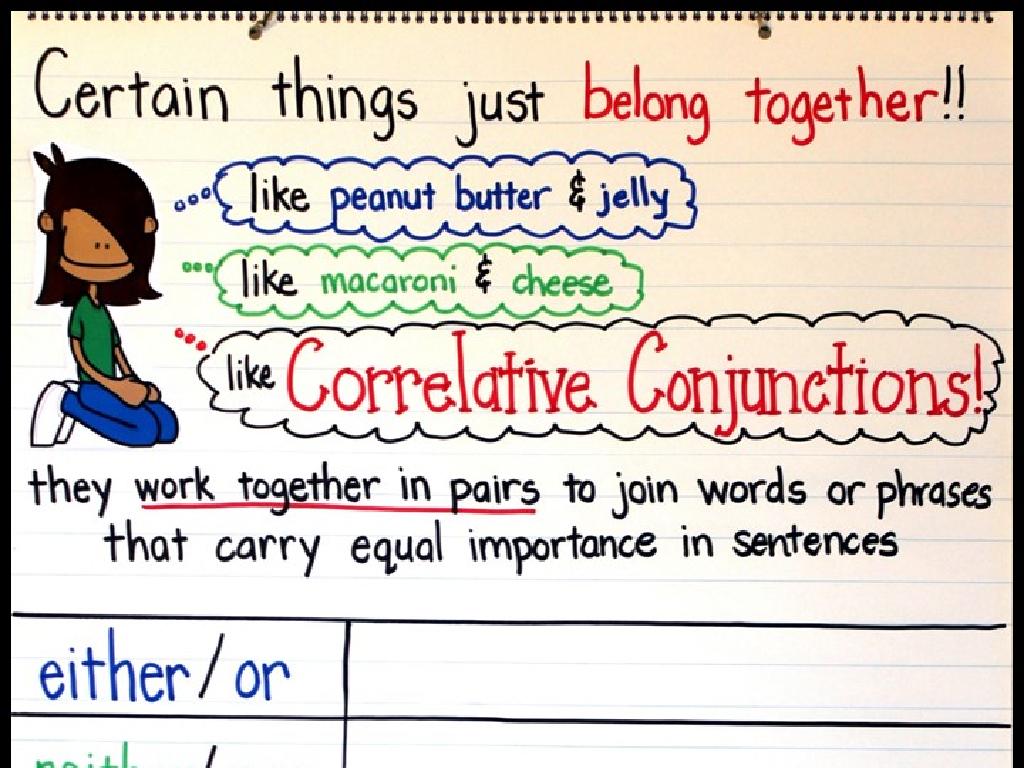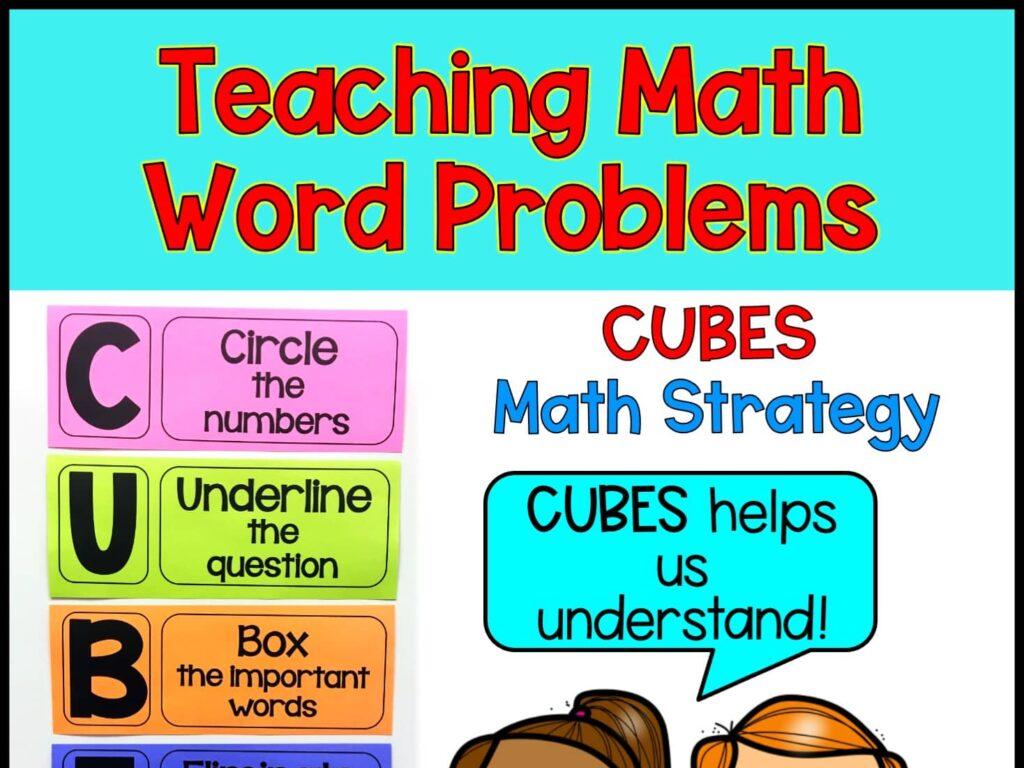Analogies
Subject: Language arts
Grade: Sixth grade
Topic: Analogies
Please LOG IN to download the presentation. Access is available to registered users only.
View More Content
Welcome to Analogies!
– Exploring word relationships
– How words connect in meaning, like synonyms.
– Defining analogies
– Analogies show how two pairs of words are related.
– The significance of analogies
– They help us understand word meanings and relationships.
– Enhancing vocabulary and reasoning
– Analogies improve language skills and test performance.
|
This slide introduces the concept of analogies, a critical component of language arts that helps students understand the relationships between words. Analogies are comparisons that show how two different things are similar in one or more aspects. They are important because they enhance comprehension and provide insight into the meaning of words by relating them to others with similar characteristics. Understanding analogies is also a key skill for standardized tests, which often include analogy questions to assess verbal reasoning abilities. Encourage students to think of analogies as puzzles to solve, which can make learning new vocabulary more engaging and fun.
Understanding Analogies
– Analogies show similarity
– It’s like finding a shared pattern between two pairs.
– They clarify new ideas
– Think of it as using a known thing to explain an unknown.
– Example: Bird : Nest :: Dog : Kennel
– A bird lives in a nest, just as a dog lives in a kennel.
– Practice creating your own
|
An analogy is a comparison that shows a relationship between two different things by highlighting their similarities. It’s a powerful tool in language arts to help students understand new concepts by relating them to something they already know. For example, just as a bird finds shelter in a nest, a dog finds shelter in a kennel. This comparison helps to understand the concept of ‘home’ for different animals. Encourage students to think of analogies as mathematical equations where the relationship on one side of the ‘::’ must be the same as the relationship on the other side. Have students practice by creating their own analogies using familiar items or concepts.
Exploring Types of Analogies
– Synonym Analogies: similar meanings
– e.g., happy is to joyful as sad is to gloomy
– Antonym Analogies: opposite meanings
– e.g., hot is to cold as night is to day
– Part to Whole Analogies: piece to group
– e.g., wheel is to car as page is to book
– Cause to Effect Analogies: action to outcome
– e.g., exercise is to health as studying is to knowledge
|
This slide introduces students to the concept of analogies and the different types they might encounter. Analogies are comparisons that show relationships between two things. Synonym analogies use words with similar meanings, while antonym analogies use words that are opposites. Part to whole analogies relate an individual part to its larger group, and cause to effect analogies show how one thing can lead to another. Encourage students to think of their own examples for each type of analogy to deepen their understanding. This exercise will enhance their vocabulary and critical thinking skills.
Creating Analogies: Understanding Relationships
– Identify relationships in word pairs
– How are ‘pencil’ and ‘writing’ related?
– Match relationship to second word
– What has a similar relationship to ‘eating’ as ‘shoe’ to ‘walking’?
– Practice with an example
– Let’s try: ‘Book is to Reading’ means what?
– Book is to Reading as Fork is to ?
– Think about what we use a fork for.
|
This slide is aimed at teaching students how to create analogies by identifying relationships between pairs of words. Start by explaining that an analogy is a comparison that shows a relationship between two things. Encourage students to think about how the items in the first pair are related. Then, guide them to find a word that has a similar relationship to the second word. Use the practice example to illustrate this: ‘Book is to Reading as Fork is to Eating.’ This will help them understand that analogies are about the function or purpose of the items being compared. Have students practice by creating their own analogies, ensuring they grasp the concept of relational pairs.
Practice with Analogies: Create Your Own
– Pair up and create analogies
– Work with a classmate to think creatively
– Think of unique comparisons
– Find relationships between different things
– Share with the class
– Present your analogy to the class
– Learn from others’ analogies
– Listen and discuss the analogies made by classmates
|
This slide is designed to engage students in an interactive class activity focused on creating and understanding analogies. By working in pairs, students can collaborate and use their combined knowledge to come up with unique and creative analogies. Encourage them to think outside the box and find interesting connections between seemingly unrelated items. After creating their analogies, each pair will have the opportunity to share with the class, fostering a collaborative learning environment. As students listen to the analogies shared by their peers, encourage them to discuss and explore the reasoning behind each one. This activity not only reinforces the concept of analogies but also promotes critical thinking and public speaking skills.
Analogies Game: Test Your Skills
– We’re playing an analogy game
– I’ll provide a word pair
– Example: ‘Up is to down as hot is to…?’
– You find a matching analogy
– Think of a similar relationship
– Let’s see who finds the most!
|
This interactive game is designed to help students practice their understanding of analogies by identifying relationships between word pairs. Start by explaining what an analogy is: a comparison showing a relationship between two different things. Give an example word pair and ask students to find another pair that has a similar relationship. Encourage participation and make it competitive by keeping score. Offer guidance if they struggle and praise their efforts to foster a positive learning environment. This activity will enhance their critical thinking and understanding of language relationships.
Class Activity: Crafting Analogies
– Form groups for poster creation
– Create analogies with images & words
– Combine visuals and text to explain relationships
– Illustrate each analogy on your poster
– Use creativity to make the connections clear
– Prepare for end-of-activity presentation
|
This activity is designed to encourage collaborative learning and creativity. Students will work in groups to create a poster that visually represents a set of analogies. They should use both images and words to illustrate the relationships between the analogy pairs. Encourage them to think outside the box and come up with unique analogies that their classmates will understand. At the end of the activity, each group will present their poster to the class, explaining their analogies and the reasoning behind them. This will help reinforce their understanding of analogies and how they are used in language. Possible activities could include creating analogies based on characters from a book they are reading, analogies with historical events, or analogies with scientific concepts, depending on cross-curricular opportunities.
Wrapping Up Analogies: Homework Assignment
– Congrats on mastering analogies!
– Find 5 analogies for homework
– Spot analogies in your reading material
– Look in books or your surroundings
– Observe everyday comparisons as analogies
– Share your findings next class
|
This slide concludes the lesson on analogies and transitions to a homework assignment that reinforces the day’s learning. Students are tasked with identifying five analogies either from their reading book or from observations in their daily life. This exercise will help them apply their understanding of analogies in a practical context. Encourage students to think creatively and look for patterns of comparison in various aspects of their environment. In the next class, be prepared to facilitate a discussion where students can share and explain the analogies they’ve found. This will not only assess their comprehension but also allow them to learn from each other’s examples.






